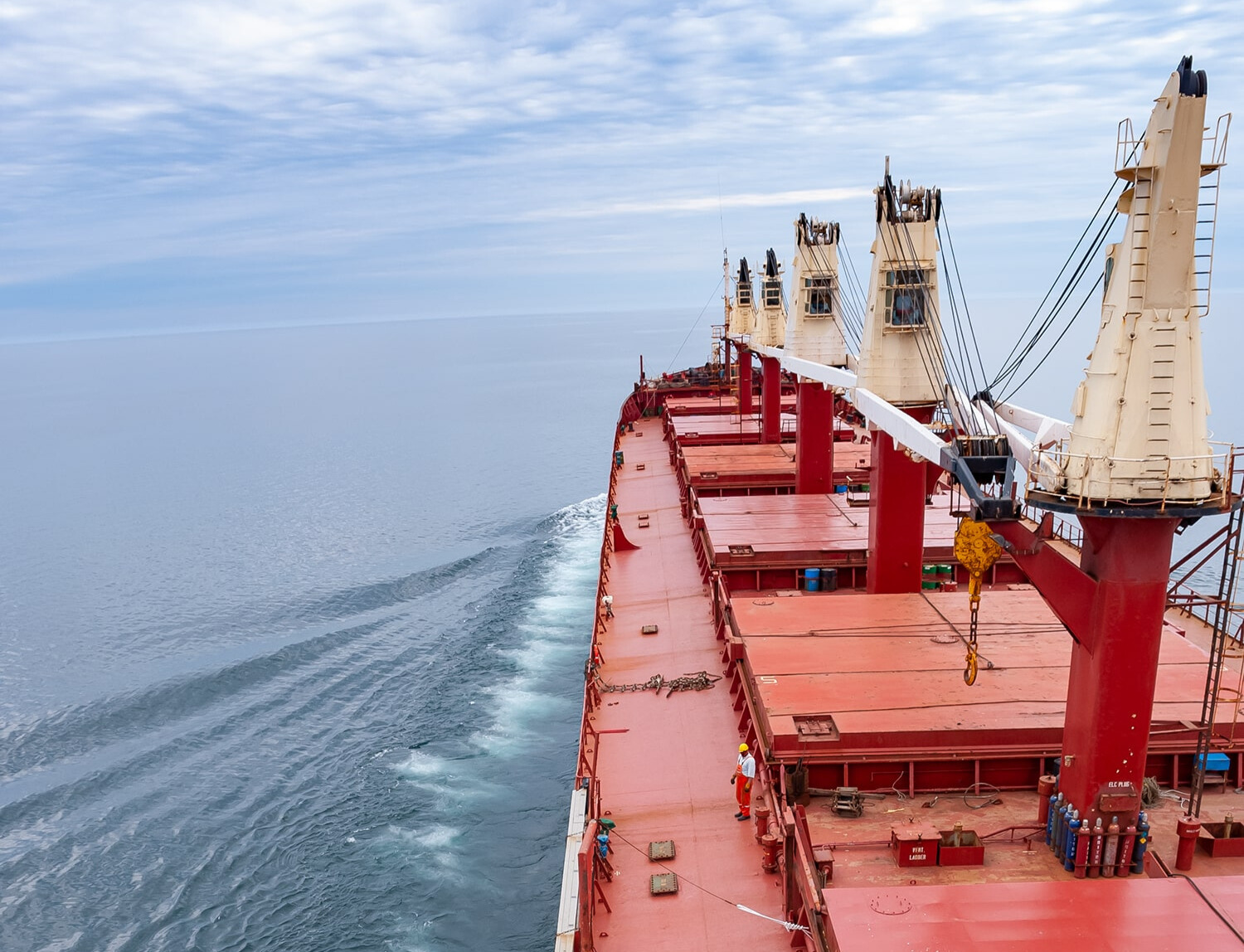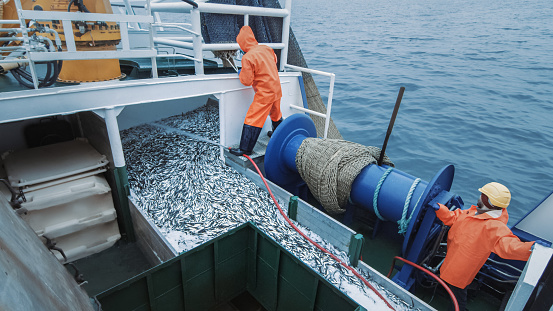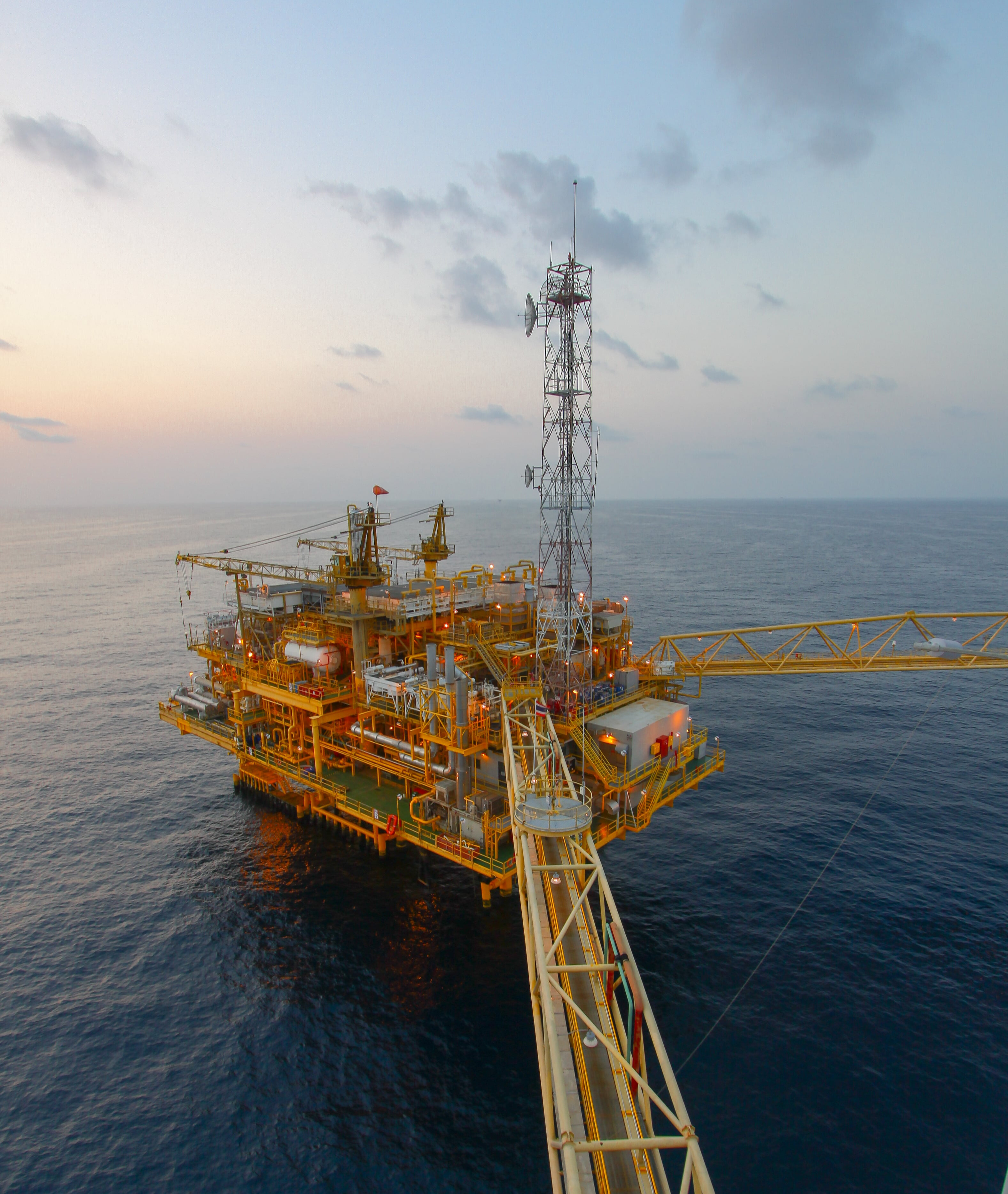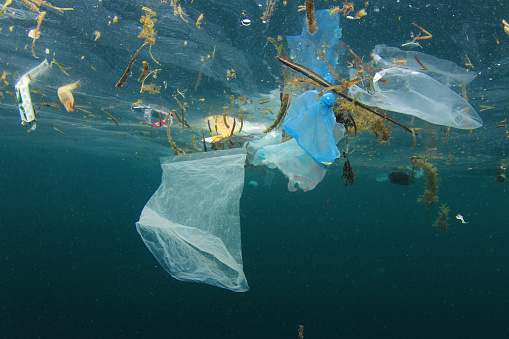Increasing pressures from rising greenhouse gas emissions and overexploitation are degrading Ocean health. Pollution and habitat loss-especially in coastal areas-are intensifying these challenges, while gaps in global monitoring systems continue to hamper effective responses.




